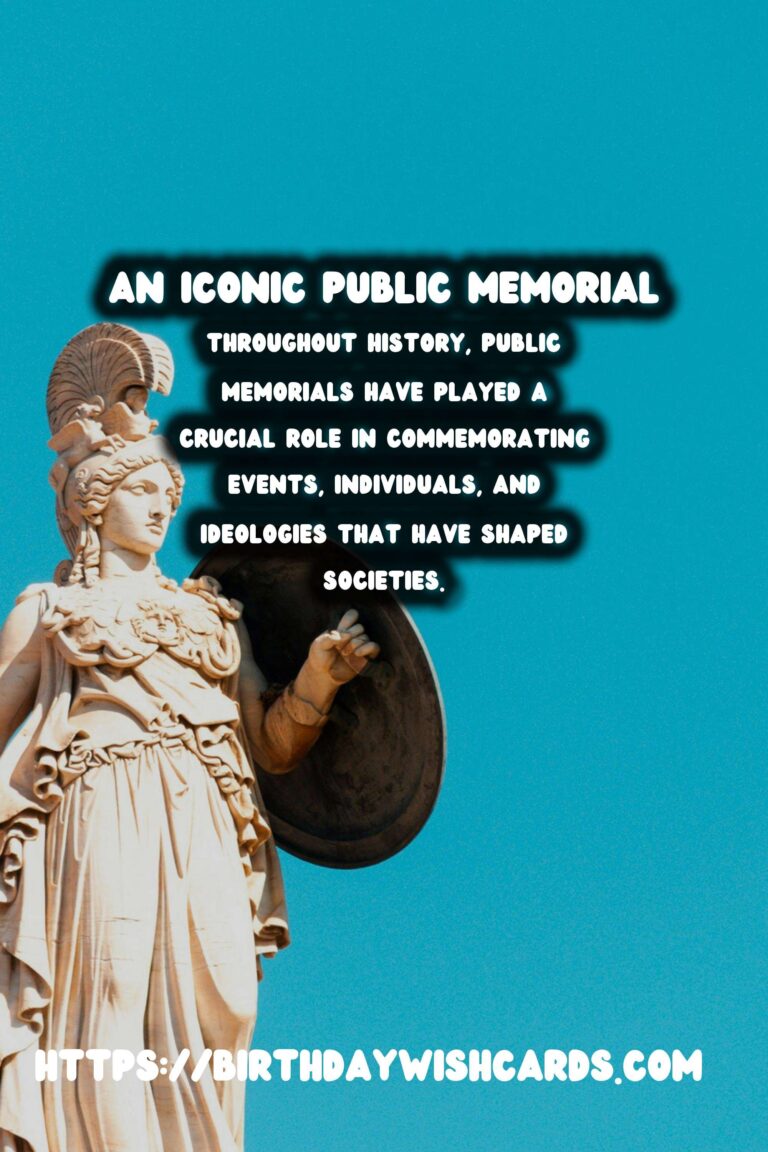
Throughout history, public memorials have played a crucial role in commemorating events, individuals, and ideologies that have shaped societies. These monuments not only serve as tributes to the past but also act as reminders of collective identity and shared history. The presence of public memorials in urban and rural landscapes signifies the enduring need for societies to remember and reflect, bridging the gap between past and present.
The Significance of Public Memorials
Public memorials are powerful symbols of remembrance. They embody societal values and historical narratives, providing a place for reflection and education. Memorials like the Lincoln Memorial in Washington D.C., the Holocaust Memorial in Berlin, and the Vietnam Veterans Memorial create spaces where individuals can engage with history on a personal and emotional level.
These sites foster a sense of community, bringing together individuals from diverse backgrounds to share in moments of remembrance. They serve as touchstones that help preserve collective memory, offering lessons from the past that inform present and future decision-making.
Educational Impact
Memorials often incorporate educational components, such as inscriptions, plaques, or interactive elements that provide context and detail. This aspect is crucial in ensuring that history is not just remembered, but understood. For instance, the inscriptions at the Martin Luther King Jr. Memorial bring his vision of equality and justice to life, educating visitors about civil rights and ongoing struggles for equality.
Educational programs associated with memorial sites also contribute significantly to public knowledge. Through guided tours, lectures, and exhibitions, these programs enhance the educational impact, making history accessible and engaging for all age groups.
Memorials as Spaces for Reflection
More than just static symbols, memorials are dynamic spaces where personal and collective emotions converge. The design and architecture of a memorial can evoke introspection and dialogue, prompting visitors to explore their connections to the events commemorated.
For example, the architecture of the 9/11 Memorial in New York City—a reflective pool set within the footprints of the Twin Towers—creates a powerful space for mourning and remembrance. Similarly, the quiet, contemplative setting of the Hiroshima Peace Memorial offers a poignant reminder of the horrors of war and the resilience of peace efforts.
Controversies and Challenges
Despite their importance, public memorials can also be sources of controversy. The interpretation and representation of historical events often lead to debates about authenticity, inclusivity, and bias. Memorials may be critiqued for their portrayal of historical narratives, prompting calls for reinterpretation or removal, as seen with various Confederate statues in the United States.
These controversies highlight the evolving nature of memory and the importance of ongoing dialogue about history’s complexities. They also underscore the need for inclusive spaces that honestly represent diverse perspectives and experiences.
The Future of Public Memorials
As society continues to evolve, so too will the role and design of public memorials. Technological innovations are playing a role in transforming how we engage with these spaces. Virtual reality experiences and digital archives are expanding access, allowing broader audiences to experience memorials beyond physical boundaries.
The future of public memorials will likely see a greater emphasis on interactivity, community involvement, and multimedia storytelling. These elements will ensure that these structures continue to resonate powerfully in the public consciousness, fostering connections and understanding across generations.
Conclusion
Public memorials are more than just historical markers—they are vital links to our past and beacons guiding us towards a more informed and empathetic future. By commemorating significant events and individuals, these sites provide invaluable opportunities for reflection, learning, and community building. As society navigates the complexities of history, public memorials will remain essential pillars of collective memory and cultural identity.
Throughout history, public memorials have played a crucial role in commemorating events, individuals, and ideologies that have shaped societies. Memorials often incorporate educational components, such as inscriptions, plaques, or interactive elements that provide context and detail. 



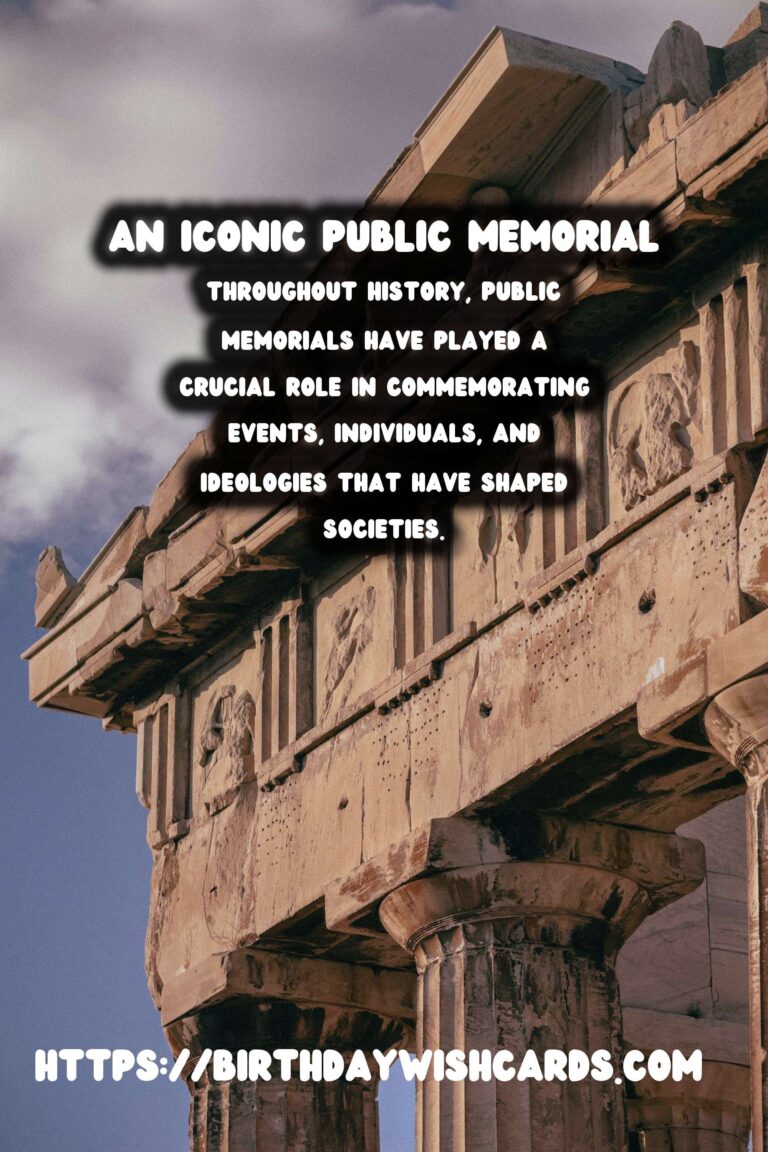
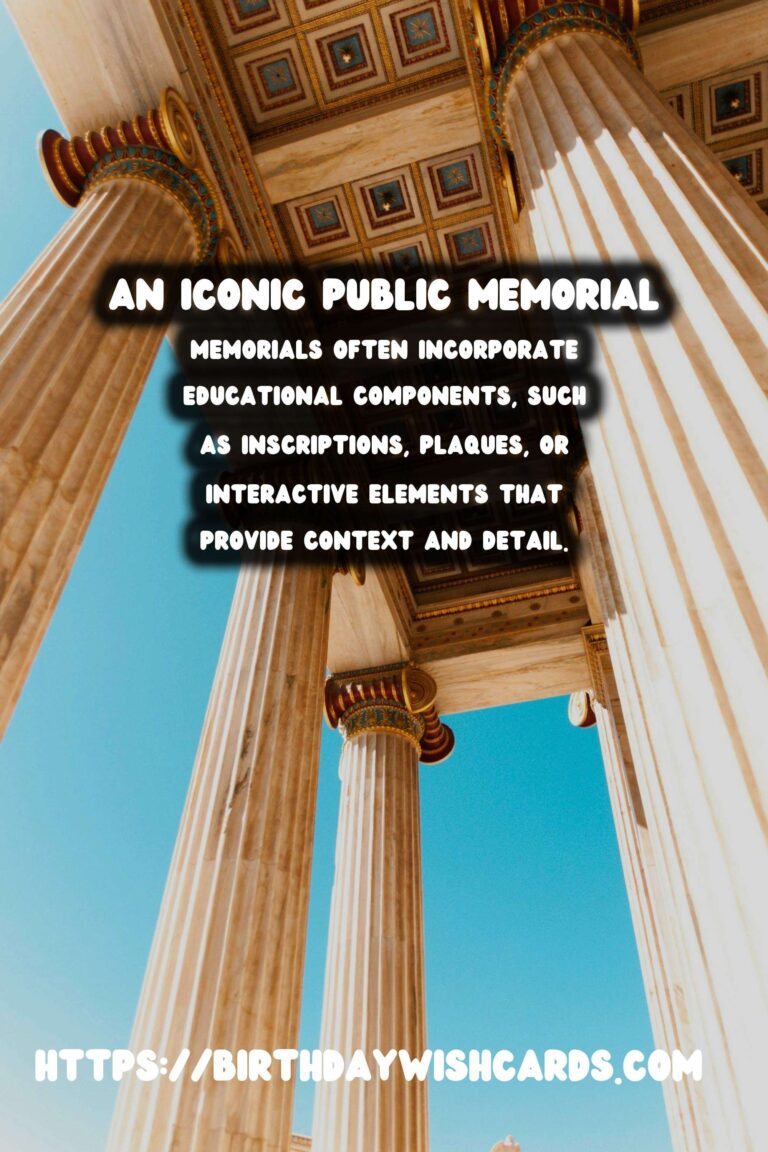

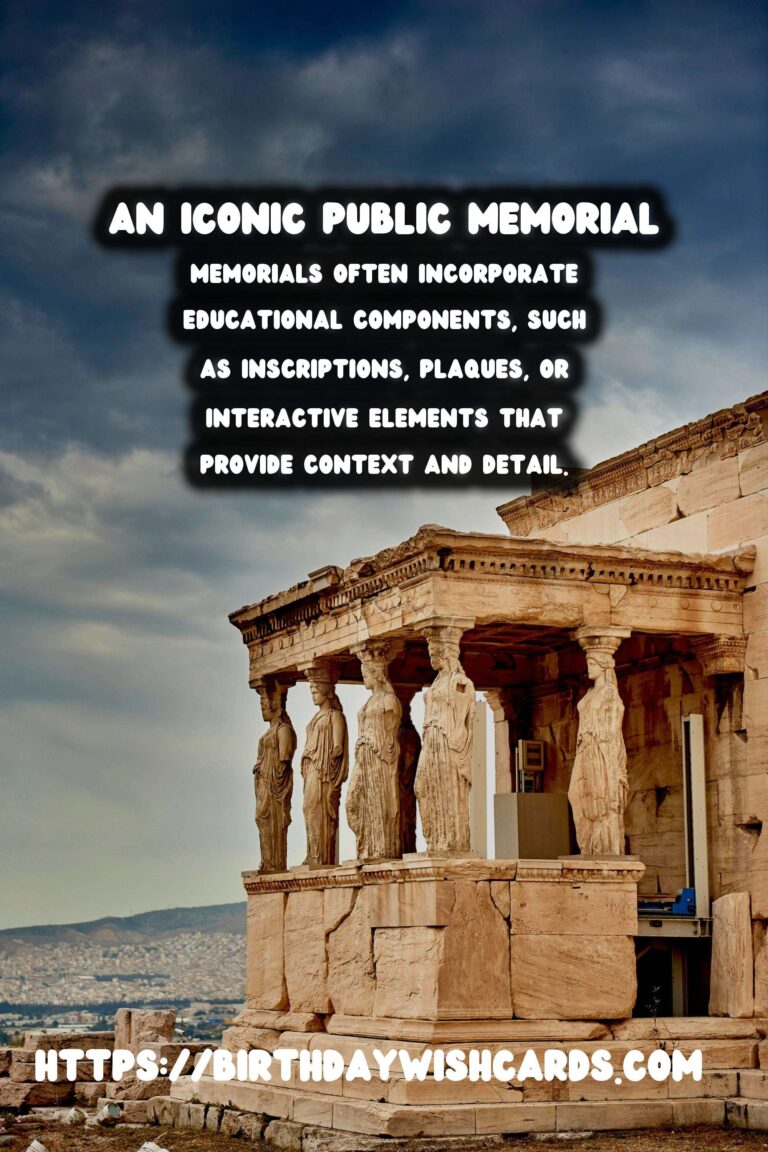
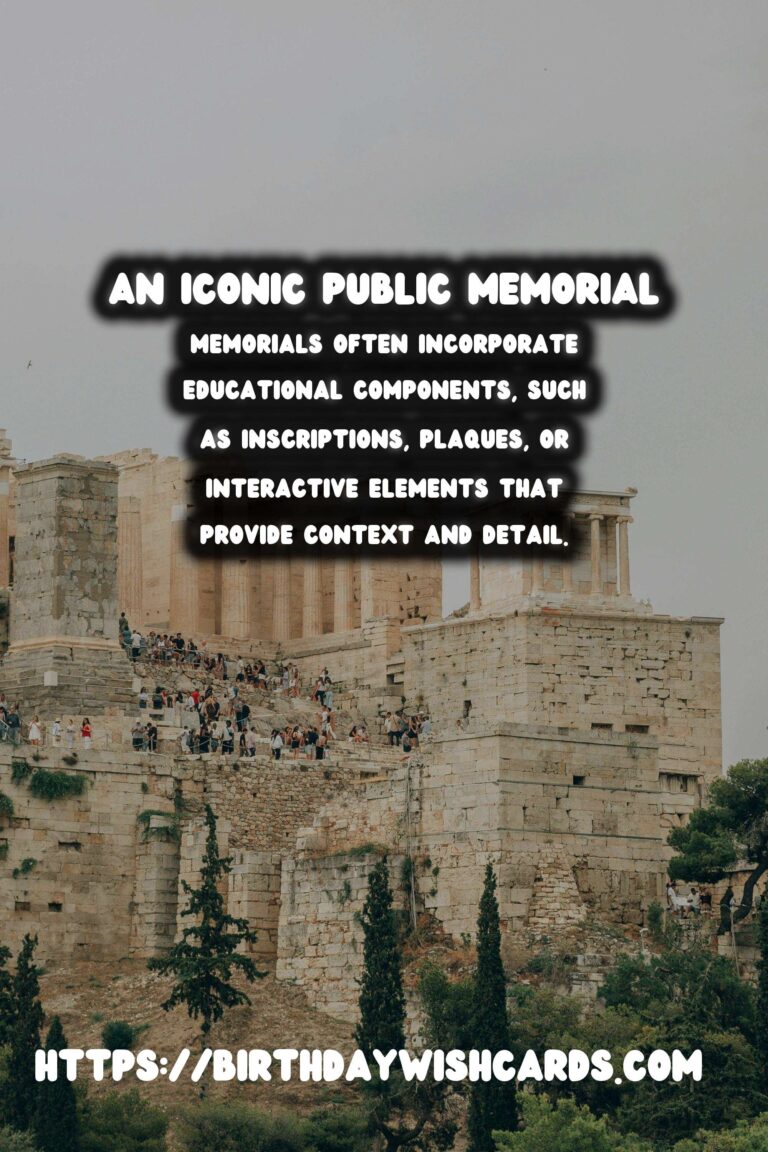
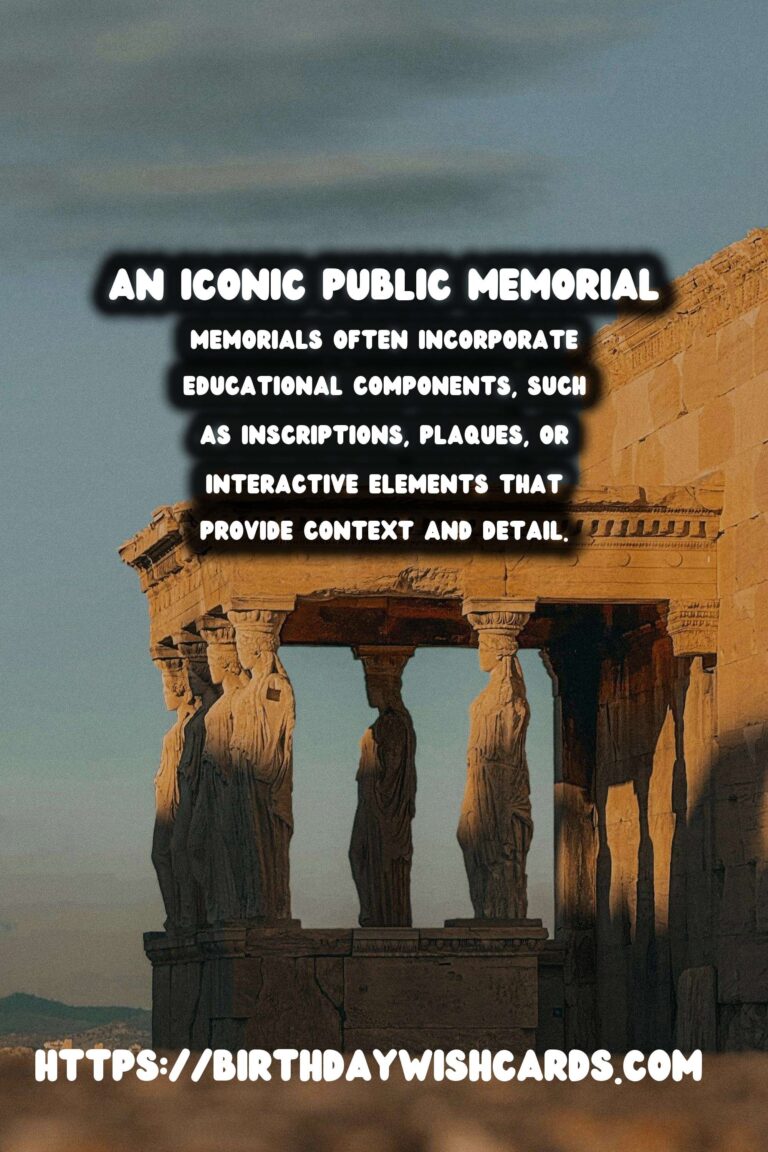
#Memorials #History




